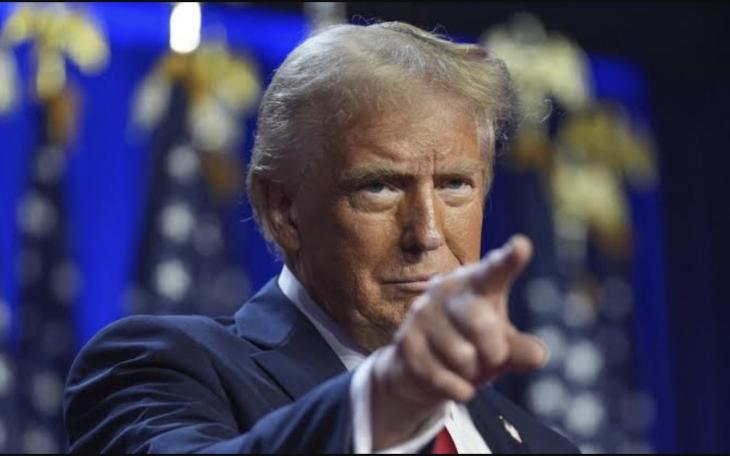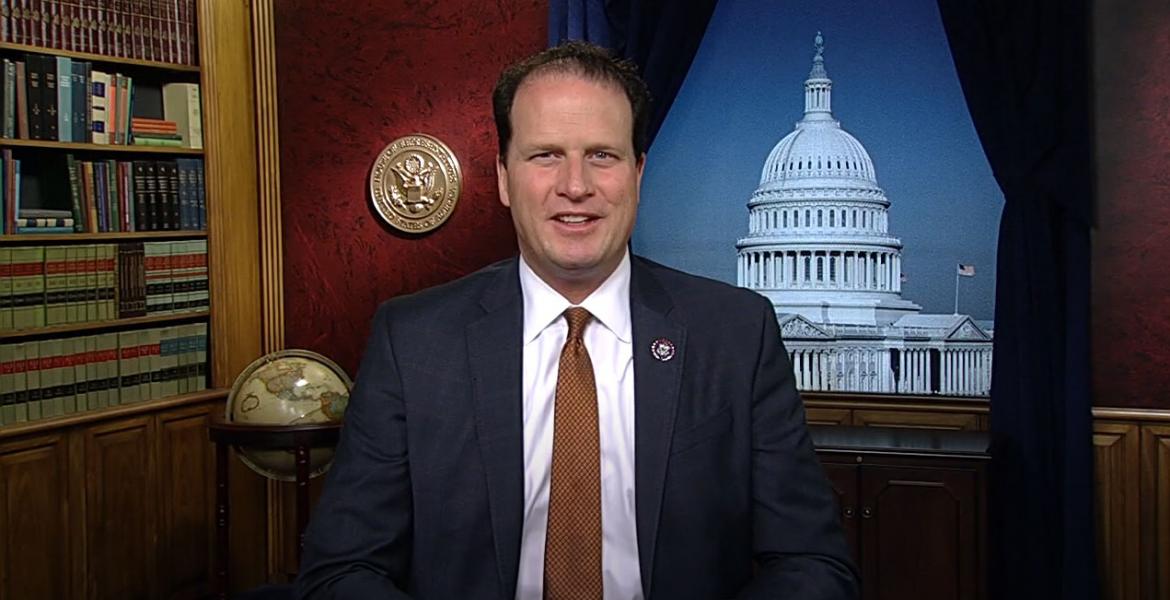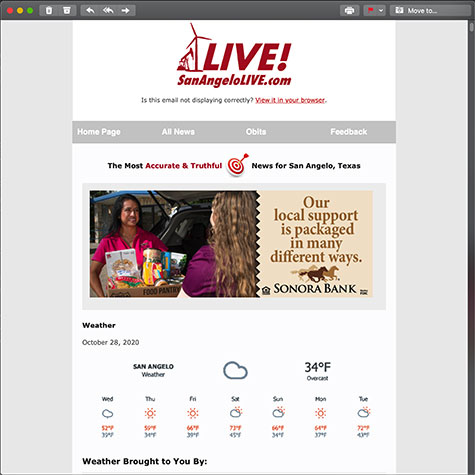AUSTIN, TX - The Texas House’s priority proposal that would let families use public funds for their children’s private schooling diverges from the Senate plan when it comes to how much money students would receive, which applicants would take priority and how the program accommodates students with disabilities, as reported by The Texas Tribune.
Those differences set the stage for one of the legislative session’s biggest clashes this year. Texas’ Republican leaders have said the Legislature will take another stab at creating education savings accounts, a type of school voucher program after previous attempts repeatedly failed two years ago. Now that both chambers have unveiled their proposals, lawmakers will turn to ironing out differences and getting a final draft to Gov. Greg Abbott, the state’s chief advocate for vouchers.
The House released House Bill 3 on Thursday as part of a slate of education legislation that would collectively increase public school funding and rework the state’s discipline and accountability standards.
[School choice, vouchers and the future of Texas education]
The House’s voucher plan would put $1 billion toward education savings accounts that families could use for private school tuition and other educational expenses, like textbooks, transportation and therapy. The bill ties the program’s per-student benefits to public education funding so the amount available to each student would increase when public schools receive more money and dip when public education funding declines.
Under HB 3, most participating students would receive an amount equal to 85% of what public schools get for each student through state and local funding. That feature is a key distinction from the Senate plan, which would provide a set amount of $10,000 to most participating students.
The exact amount the state would make available to families under the House plan was not immediately clear. The Texas Education Agency estimates that the state’s public schools receive $15,503 per student, which includes federal funding and other sources that may not directly support classroom instruction. Without federal dollars, that number is roughly $12,000.
[Texas House wants to give public schools $220 more per student]
Rep. Brad Buckley, the Salado Republican who authored the bill, said the House’s funding mechanism is aimed at addressing concerns that education savings accounts would deal a significant financial blow to public schools.
“It was important that there be a linkage there, that we never wanted to have a situation where we were funding more for an ESA than public school amounts,” Buckley, the House Public Education Committee chair, told reporters Thursday.
Teachers’ unions and public school supporters have been lobbying lawmakers against vouchers, saying such a program would drain resources away from their already struggling public schools, which receive state funding based on student attendance. State budget officials recently concluded in their analysis of the Senate voucher proposal that public schools may see their funding decline due to students leaving the public education system to participate in the voucher program.
Buckley also filed a sweeping school finance bill Thursday that would raise the basic amount of funding public schools receive per student from $6,160 to $6,380. Increasing that stream of funding, which the state’s teacher vacancy task force recommended in 2023, could offer school districts more flexibility in raising salaries for teachers and support staff while helping them combat the rising costs of goods and services schools rely on.
[Overhaul of schools’ STAAR test proposed by Texas House bill]
House Speaker Dustin Burrows, R-Lubbock, said the approach of tying the voucher program to public education dollars — which he called the “Texas two-step plan” — shows the state can both increase funding for public education and offer an alternative that would allow some families to put public dollars toward their children’s private education.
“Families deserve options, schools deserve resources,” Burrows told reporters Thursday. “One without the other leaves Texas short.”
Rep. James Talarico of Austin, who is leading House Democrats’ efforts to stop the voucher bill, said the school finance proposal is “wholly inadequate” and does not bring state funding back to the levels of a landmark 2019 education bill when adjusting for inflation. That year, lawmakers increased schools’ base state funding by $1,020 compared to this year’s proposal which would increase it by $220.
“It's insufficient and when you pair it with the voucher bill it's going to take far more money out of our schools than could ever be put in this session,” he said.
The House voucher program would provide children with disabilities the same funding as other students, plus additional money based on what the state regularly spends on special education services in public schools — a number that can fluctuate depending on the classroom. Under the House’s funding structure, students with disabilities could potentially receive up to $30,000 per year. The Senate voucher bill proposes giving students with disabilities an additional $1,500 on top of the baseline $10,000 allotment.
The House and Senate align on some aspects of their respective voucher proposals — like opening eligibility to virtually any school-aged child — but they differ in key areas, signaling the battles that could dominate the next few months as lawmakers try to agree on the program’s final structure.
Neither bill requires private schools to accept students who do not meet their standards. Nor do they require private schools to follow federal and state laws ensuring students with disabilities receive proper evaluations and learning accommodations.
Unlike the Senate proposal, the House bill includes a provision that allows a private school parent to request that a public school conduct an evaluation of a child with a disability “for purposes of determining the child’s eligibility for special education services.” Federal law already requires public schools to fund and conduct those evaluations for private school students under certain circumstances. But the House bill mandates that public schools do so within 45 days.
Texas school districts have struggled in recent years to keep up with rising demand for special education services and a skyrocketing number of special education evaluations. The Texas Education Agency has estimated that the deficit between school districts’ special education expenses and revenue from federal and state money sits at roughly $1.7 billion per year.
In the event that demand for the voucher program exceeds funding, the Senate proposal would reserve the majority of the program’s spots for students from two groups: children with disabilities and children from households whose annual income is up to 500% of the federal poverty level. That threshold means the Senate bill would equally prioritize, for instance, a family of four earning roughly $40,560 per year and a family of four with an income of about $156,000, according to 2024 statistics.
The House bill would also prioritize children with disabilities and those it considers low-income, though it would use a more detailed ranking system, giving priority to families that make less over families with higher income. The House bill ranks families in this order:
-
Students with disabilities from families with an annual income at or below 500% of the federal poverty level, which includes any four-person household earning less than roughly $156,000
-
Families at or below 200% of the poverty level, which includes any four-person household earning less than roughly $62,400
-
Families between 200% and 500% of the poverty level
-
Families at or above 500% of the poverty level.
Talarico blasted the decision not to put an income cap on who can apply for education savings accounts, saying it could give taxpayer money to wealthy people who could already afford to send their children to private schools. Many of the children who benefit from the voucher programs in other states come from wealthier families whose children had already attended private schools.
“We asked Chairman Buckley for a cap on income, making sure that millionaires and billionaires can't raid our public budgets,” he said in a news conference. “That has not appeared in the bill. We look forward to fighting on all of these measures as the bill goes through committee and on the floor and exposing this scam for what it is.”
The House bill caps the amount of money home-schooled students could receive at $2,000 a year, while the Senate version allows those students to receive at least that much.
The House’s voucher proposal has been highly anticipated since the Senate passed its own package earlier this month. Republican Sen. Brandon Creighton’s Senate Bill 2 quickly passed through that chamber after Abbott declared “school choice” an emergency item, a designation allowing lawmakers to fast-track particular legislation. Though voucher proposals sailed through the Senate several times in 2023, each died in the House thanks to opposition from Democrats and rural Republicans.
In last year’s GOP primary election, Abbott campaigned against House Republicans who had opposed his priority voucher legislation. Now the chamber has more voucher supporters than ever. In November, a day after the general election, Abbott claimed to have 79 “hardcore” voucher supporters, more than the majority threshold to pass the long-time conservative priority issue.
But in recent weeks, there have been questions about the strength of that support. Some lawmakers, including former House Speaker Dade Phelan of Beaumont, have said publicly they haven’t made their mind up on whether to support a voucher program.
In a statement Thursday, Abbott’s office thanked lawmakers from both chambers for their work on his priority issue but stopped short of expressing preference for one proposal over the other.
“Governor Abbott is grateful for Chairmen Creighton and Buckley for their leadership in delivering a truly universal school choice package that prioritizes the highest-need students while ensuring legal protections for students, homeschool families and private schools,” Andrew Mahaleris, an Abbott press secretary said in a statement. “Governor Abbott will continue working with the Texas Legislature to ensure that Texans have their voices heard and families have the freedom to choose the educational path that works best for their child.”
Burrows said the House’s legislation would create options for parents who feel like their children are stuck in bad public schools.
“School choice doesn't damage public schools or take money away from them,” he said. “School choice is important to the education ecosystem, creating more options for those who have none.”
This article originally appeared in The Texas Tribune at https://www.texastribune.org/2025/02/20/texas-house-school-vouchers/.
The Texas Tribune is a member-supported, nonpartisan newsroom informing and engaging Texans on state politics and policy. Learn more at texastribune.org.
We can’t wait to welcome you to the 15th annual Texas Tribune Festival, Texas’ breakout ideas and politics event happening Nov. 13–15 in downtown Austin. Step inside the conversations shaping the future of education, the economy, health care, energy, technology, public safety, culture, the arts and so much more.
Subscribe to the LIVE! Daily
Required






Post a comment to this article here: